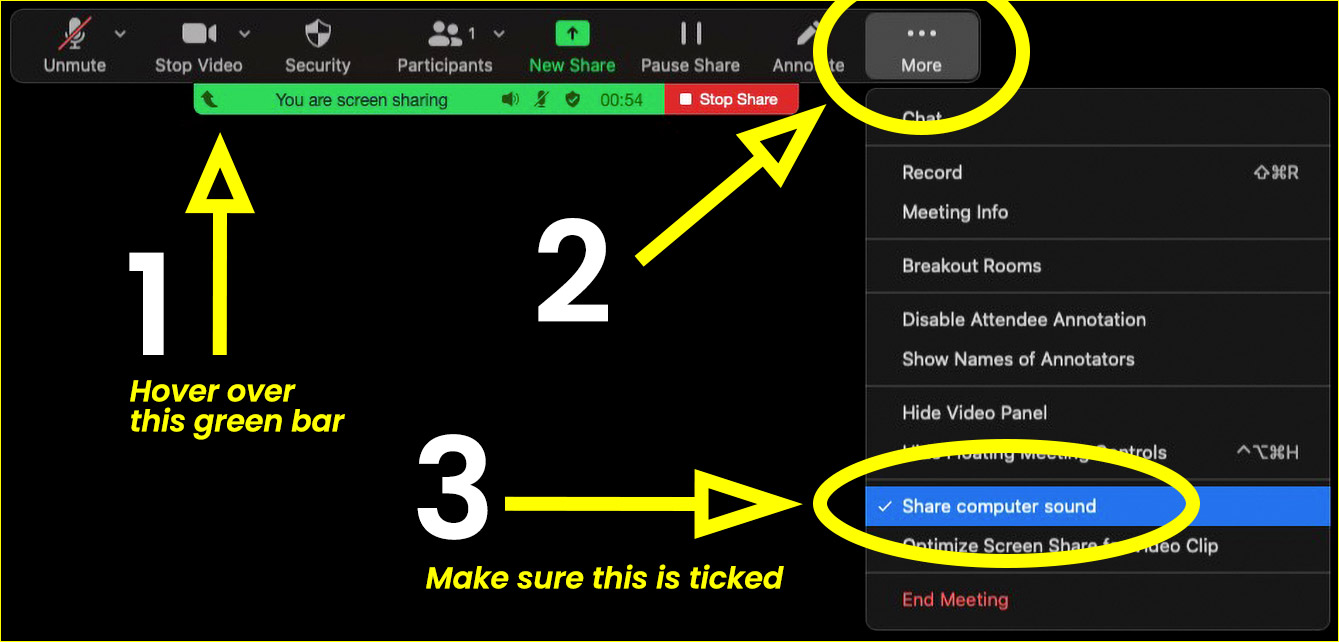Before Coronavirus hit, the general consensus was that at some point in their life, 1 in 5 people will be affected by mental health challenges.
But when you see things Lifeline receiving a call for help every 30 seconds, you can safely assume that 2020 was a bigger challenge than we had anticipated when earnestly setting out intentions and resolutions at the start of the year. Even then, with bushfires raging out of control in many parts of the country, 2019 wasn’t all that much better.
A recent study release in May found the prevalence of mental health challenges has doubles across Australia.
Unsurprisingly, with restrictions easing employees are slowly transitioning back into the workplace with a fair share of anxiety on their plate.
The good news is that with anxiety now so common, it’s no longer the elephant in the room. 2020, with its twists and turns, is paving the way for a greater understanding of empathy, for understanding that others may be feeling something, even if in that moment we feel another way entirely. Employees dealing with anxiety before 2019/2020 began hitting us hard and fast, may now find team mates better placed to support them, with a new understanding that its ok to not feel ok, and sometimes you really don’t feel ok.
Learning to adapt
According to Organisational Psychologist Blake Redding, from national workplace strategy consultancy Mapien, people are responding to the challenges and changing circumstances in their own way.
“For some, their personal identity is shaped by their work, and the environment in which they work. So when they suddenly found themselves working remotely, that connection and the identity associated with it was lost.”
“For others, they’ve stepped through the progression of working remotely. First, we were suddenly working remotely, with very little warning. Over the next 60 days, we transitioned into the new normal that was working from home, into becoming ‘functionally remote’.”
“At first we were doing all the same things, just from a new location. But as we became functionally remote, we adapted to our new ways of working; creating new meetings and new ways of achieving outcomes that better fit the environment we’re finding ourselves in. We established new habits to adapt.”
With teams and workplaces transitioning back to the office, we’re now seeing ‘partially remote’ employees who may come in a few days a week, which is calling for flexibility and forward planning for meetings and other collaborative get-togethers.
Supporting your team
So what can be done to support teams through this never-ending state of flux?
A huge contributor to is ‘cognitive load’. Now more than ever, employees need to be supported with consistent feedback (about expectations, progress, big picture priorities) to take some of the guesswork out of an already uncertain situation.
“With the workplace creating even more psychological strain, what’s helping people most at this time is being able to count on their team and supervisor, and sharing the load.
“People want a better relationship with their manager, built on more and better feedback as the foundation for building trust, that thought that ‘I can count on them’.
“But it’s not about leaders carrying everything on their back, it’s about sharing the load among the team. Create a framework where people can reach out, that people know they’re accountable for reaching out to others, and that someone is accountable for reaching out to them.
“Facilitating a team culture in this way, building connections, establishing new habits and defining an identity for what it means to be a part of this team – is often a differentiator between teams that are thriving post-covid, and those that are not.
The good news
The good news is, these are all learned traits and behaviours that leaders can take an active role in encouraging, allowing and facilitating. From taking teams offsite for a team building experience that brings everyone together on a shared (but completely fun) goal, to putting the time into a mapping out the skills they need to grow together, there are simple, powerful steps you can take today, to help your team tomorrow.
But what about identifying anxiety within the team? According to Redding, the signs are simple, but often subtle. “Be on the lookout for team members acting differently – being more emotional or more stoic than they’d usually be, such as those who are usually task-oriented and deliberative suddenly becoming more emotional and outspoken. Or people who are distancing themselves from the team, other relationships or even projects they used to be heavily involved in. Those kinds of changes should be prompts for an ‘are you ok?’ check in.

